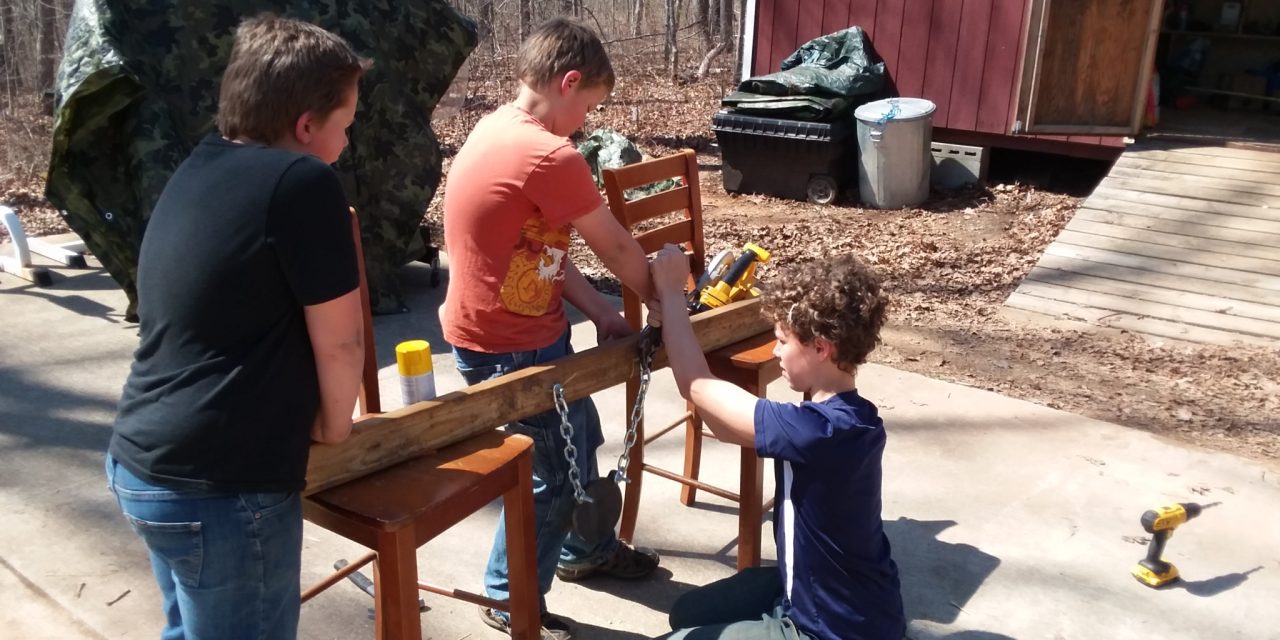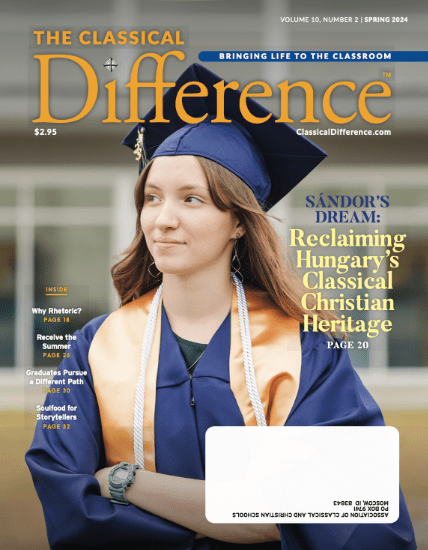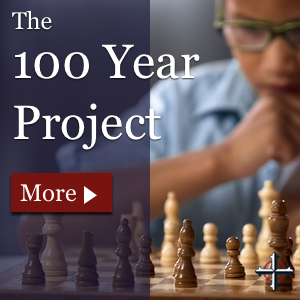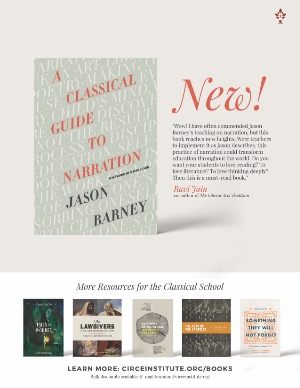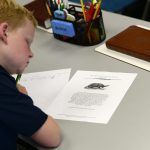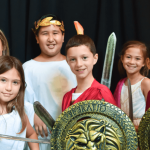“And having thus passed the principles of arithmetic, geometry, astronomy, and geography, with a general compact of physics, they may descend in mathematics to the instrumental science of trigonometry, and from thence to fortification, architecture, engineering, and navigation…. To set forward all these proceedings in nature and mathematics, what hinders but that they may procure, as oft as shall be needful, the helpful experiences of hunters, fowlers, fishermen, shepherds, gardeners, apothecaries…. And this will give them such a real tincture of natural knowledge, as they shall never forget, but daily augment with delight.” – John Milton, Of Education, 1644
Four Ways to Incorporate the Common Arts in Your Home
By Chris Hall
What if we were able to bring the best of ALL our learning to bear wherever we are? What if we could find a way to bring the lessons of the classroom to the whole of our day? And not just in our work or vocation, but in the kitchen and the den, the garden box, the garage? What if we could do this not simply through information and formation, but in service?
Enter the “common arts.” The common arts are the skills that provide for basic human needs. Agriculture, trade, woodworking, navigation, cooking, medicine, armament, tailoring, and weaving form a brief list of the myriad arts that help us not simply to survive, but to thrive when practiced virtuously. These are crafts which leverage both science and art in the service of others. Yet, without the liberal arts, they simply cannot be practiced as well. Imagine woodworking without measurement, trade without dialectic and rhetoric, or cooking without a notion of the musical interplay between ingredients. When practiced with such skill that the common arts encounter goodness, truth, and beauty, they become fine arts. We have all experienced a sublime cheeseburger, a well-crafted pair of shoes, a sturdy table with Shaker chairs, and we know the joy evoked by (and through!) well-practiced craft. 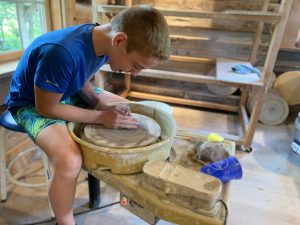
Milton’s friend Samuel Hartlib asked him to write a description of an ideal education, and what followed, later published as Of Education, was nothing short of a treatise on how to integrate the liberal, common, and fine arts into a holistic paideia. More than that, Milton reminded the reader that neither information nor formation stopped at the gates of the academy: The lessons of the classroom and the development of virtue persisted, even grew, within the rhythms of daily life—around the hearth, in the garden, and on the field.
Speaking as a former brick-and-mortar school teacher and administrator turned consultant, I know that one of the linchpins of classical Christian education is integrating the life in the classroom with the life outside. Unfortunately we, and our students, often think of school as a place to go to at particular times in the day, or as a series of assignments and assessments punctuated by bells. Despite the doxology joyfully and spontaneously erupting from literature or language classes, or the sounds of sung psalms drifting through the halls, the classrooms have four walls, and the halls remain. Once the day is done and the seatbelt is fastened in the back seat, perhaps after the obligatory “how was your day?” is answered, the mind shifts over to the home, to the waiting dog or gaming console, to the rhythms of not-school.
So, how do we bring the practice of the common arts to hearth and home? Consider these easy starting points:
-
Apprentice children in developmentally appropriate chores. Don’t just “give them chores”; apprentice them by providing an example, giving them feedback, making them practice for proficiency. The process is similar to teaching them to read, write, or practice arithmetic, but the goal in this case is to share the load of a family’s work in the world, and to find ways to positively contribute to the life of the home through the application of their learning and the work of their hands.
-
Invite children into the process of cooking dinner, fixing a flat tire, training the dog, buying a car, or any other art that involves the use of language and mathematics in context. This not only highlights that connection, but gives you a chance to explain, and them a chance to experience those connections.
-
Let them encounter and experience models of excellence in all of these fields, that they may know what to strive for in their own practice. Grandparents, neighbors, and family friends often have well-honed common arts skills to share. Gatherings of craftspeople, arts festivals, and museums have examples to behold, ponder, and strive towards.
-
Find an opportunity for service. Consider how one afternoon at a Habitat for Humanity build involves the arts of grammar, dialectic, and even rhetoric alongside arithmetic and geometry—all of the liberal arts and the common arts integrated and in service to another. How could cooking a meal for someone in need, growing a victory garden to share with our neighbors who do the same, or learning first aid contribute towards similar goals?
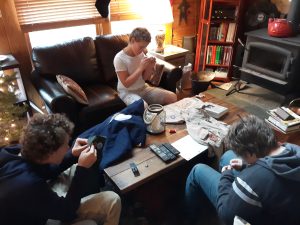
In the end, Milton gave us one more thing to consider: the restorative aspects of this approach.
“The end of learning is to repair the ruins of our first parents by regaining to know God aright, and out of that knowledge to love him, to imitate him, to be like him, as we may the nearest by possessing our souls of true virtue, which being united to the heavenly grace of faith, makes up the highest perfection.” — Milton, Of Education, from The Great Tradition by Richard Gamble
We can help our children to be in the world, not of it, and ever working through it towards the realization of their calling.✤
 ~Chris Hall has a BA in philosophy from Gettysburg College and an MAT in elementary education from Towson University. He has been a classroom educator and administrator for 25 years, having served in public, independent, and classical schools. Along with his professional pedigree, he is a lifelong practitioner of several of the common arts, and the founder of Always Learning Education, an organization dedicated to teaching, learning, and propagating the common arts. He lives on a small, homesteaded farm in central Virginia with his wife and three sons.
~Chris Hall has a BA in philosophy from Gettysburg College and an MAT in elementary education from Towson University. He has been a classroom educator and administrator for 25 years, having served in public, independent, and classical schools. Along with his professional pedigree, he is a lifelong practitioner of several of the common arts, and the founder of Always Learning Education, an organization dedicated to teaching, learning, and propagating the common arts. He lives on a small, homesteaded farm in central Virginia with his wife and three sons.

